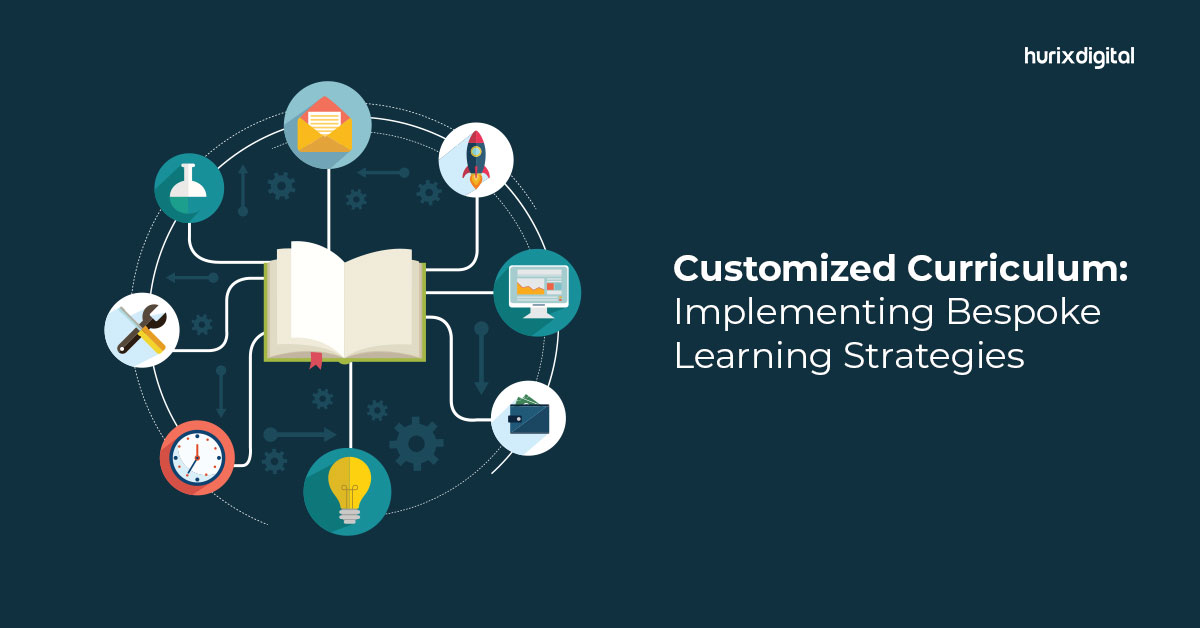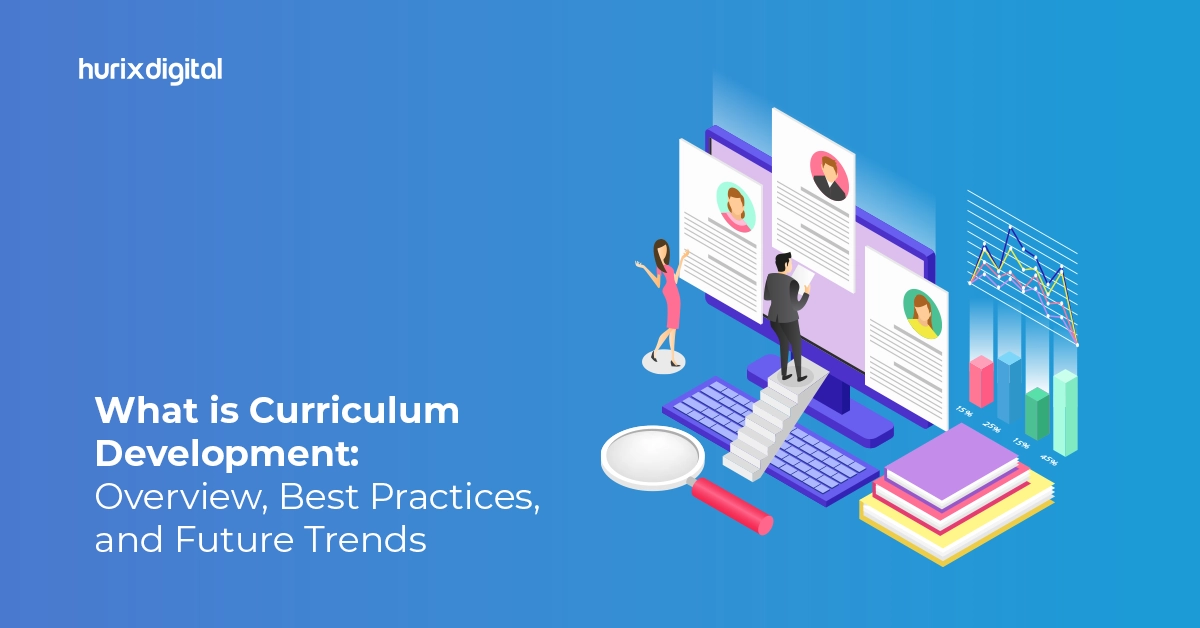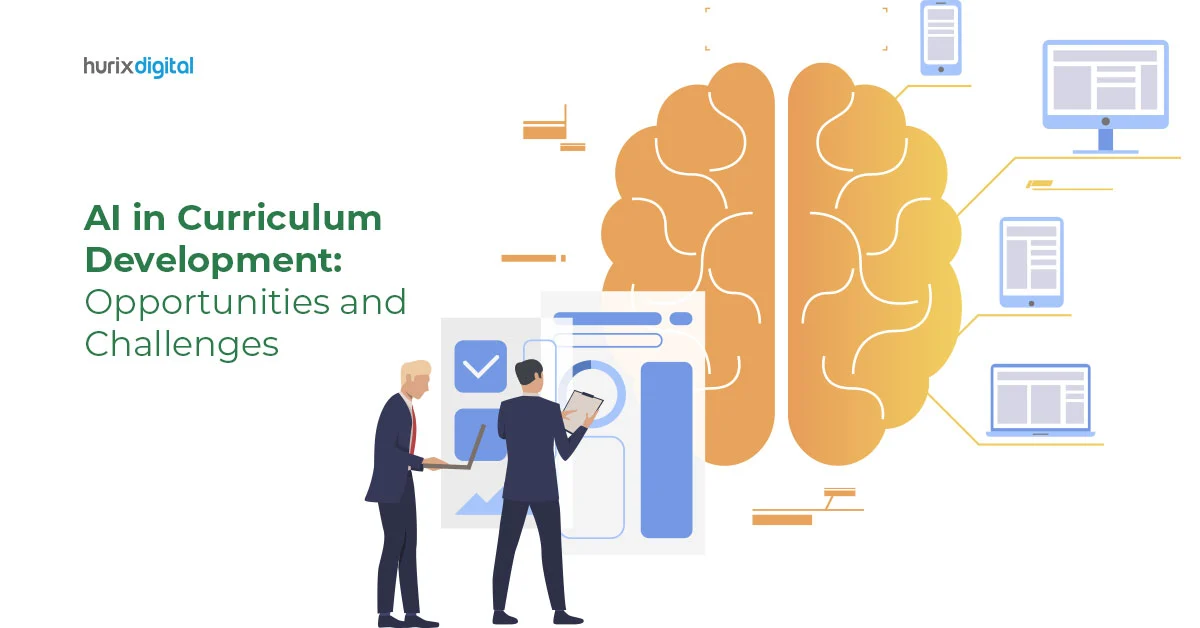
5 Popular Curriculum Development Models You Should Know
The curriculum is a fundamental aspect that guides formal learning experiences. It is conceptualized to suit the educational objectives and philosophy of the learning institution for which it is intended. Curriculum development models serve as a guide for two important processes involved in curriculum creation: design and development.
Broadly defined, curriculum design refers to a course’s overall structure or blueprint. Meanwhile, curriculum development is a step-by-step procedure that involves planning, implementing, evaluating, and improving course materials and teaching strategies to produce better educational outcomes.
As an educator, being aware of the different curriculum development models will enable you to make informed decisions and chalk out an effective learning plan for your institution.
So, let’s dive in!
Table of Contents:
- Five Types of Curriculum Design Model
- How Can Directors of Educational Program Development Utilize Curriculum Development Models?
- The Bottom Line
- Frequently Asked Questions (FAQs)
Five Types of Curriculum Design Models
There are several models for developing a curriculum. Here are a few popular ones:
1. Tyler’s Model of Curriculum Development
Tyler’s Model was developed by American educator Ralph W. Tyler in 1949. It is also known as the objective Model and is among the most widely used curriculum design models. It is based on the notion that the objective of education is to develop learning that is meaningful and useful to learners.
Tyler’s Model lays importance on the planning phase. At the same time, it focuses on maintaining consistency among objectives, outcomes, and educational experiences. It is a linear model that considers four fundamental aspects of developing a curriculum, including:
- The purpose or objective of education to be achieved
- The learning experience required to attain the defined objective
- Organizing educational activities for effective learning experiences
- Assessing the Learning experiences
The strength of this Model lies in its concise structure and systematic approach. At the same time, it allows for flexibility. Educators can easily apply this Model to develop curriculum for any level of education and subject area.
Since it gives importance to the evaluation of the curriculum, Tyler’s Model enables educators to assess the effectiveness of their educational plans and introduce required changes.
However, it has a few shortcomings. It does not give much importance to social learning. Its specific learning objectives don’t address critical thinking or emotional development. As such, this Model may not meet the diverse requirements of students.
2. Taba’s Model of Curriculum Development
Taba’s Model emphasizes the planning of instructional strategies. Also known as the interactive Model, it was designed in 1962 by Hilda Taba, an Estonian-American curriculum theorist, reformer, and teacher.
It follows a Grassroots or Down-Top approach and promotes a major role for teachers. The Model consists of seven stages of the learning and teaching system, which are mutually interactive.
They are as follows:
- Diagnosis of learners’ needs
- Formulation of objectives
- Selection of the content
- Organization of the content
- Selection of learning experiences
- Organization of learning activities
- Evaluation
This Model promotes open-ended questions rather than focusing on right or wrong responses. One of the major benefits is that it offers scope to explore a concept at a deeper level using critical thinking skills.
3. John Goodlad’s Model of Curriculum Development
A Canadian theorist and educational researcher, John Goodlad, conceptualized Goodlad’s Model. It is a distinctive curriculum based upon the core belief that the driving force of educational systems should be values or goals. Goodlad considered values as data sources, contrasting Tyler’s consideration of values as a screen.
In his curriculum development model, Goodlad focuses on four data sources, which are as follows:
- Values
- Funded knowledge
- Conventional wisdom
- The learner’s needs and interests
This varies from Tyler’s Model in several aspects. One of the major differences is that Goodlad’s Model recognizes scientific knowledge that stems from research. When it comes to data sources, the Model depends on explicit value statements. This Model proposes continuous evaluation at all stages of the curriculum development process.
Also Read: Curriculum Design: How To Develop A Successful Curriculum
4. Wheeler’s Model of Curriculum Development
Wheeler’s Model is cyclic. It was devised by D. K. Wheeler, a British educator and researcher. This Model uses a systematic and structured process to design and implement a curriculum.
It aims to help educators create and implement a dynamic curriculum that is relevant, effective, and efficient. Wheeler’s Model comprises five phases of curriculum development, which are as follows:
- Selection of aims, goals, and objectives
- Selection of learning experiences
- Selection of content or subject matter
- Organization and integration of learning experiences and content
- Evaluation and revision of curriculum
Wheeler developed this Model to address the shortcomings of Tyler’s concept of curriculum development. Since Tyler’s Model is linear and basic, it overlooks the relationship between different curriculum elements. In response to it, Wheeler proposed this cyclic Model.
It underlines the interconnectedness of the various curriculum aspects. This Model enables curriculum designers to begin working on it at any stage. It also focuses on situational analysis. However, this Model is time-consuming and may be difficult to implement.
5. Kerr’s Model of Curriculum Development
Kerr’s Model of curriculum development was proposed by John Kerr, a British curriculum specialist. Several features resemble those in Tyler’s and Wheeler’s Models. But the difference lies in the emphasis on the interrelatedness of the various components that are a part of this Model. This interrelatedness can be either direct or indirect and is achieved by the flow of the data between the components.
John Kerr proposed four components for his curriculum development model:
- Objectives
- Knowledge
- School learning experiences
- Evaluation
Kerr’s Model recommends sorting objectives as cognitive, psychomotor, and effective. It also underlines that knowledge needs to be organized, integrated, sequenced, and reinforced.
This Model pays attention to the needs and interests of students, the influence of social conditions and school, and the maturity of the learners. However, one drawback is that it doesn’t focus on teacher input.
How Can Directors of Educational Program Development Utilize Curriculum Development Models?
Directors of Educational Program Development can leverage curriculum development models to enhance their programs in the following ways:
1. Structure the Curriculum Development Process
You can follow the structured approach provided by these models to guide the entire curriculum development process from start to finish. You can implement step-by-step processes to ensure thorough planning and execution.
2. Enhance Stakeholder Involvement
You can use these models to involve teachers, students, and parents in the curriculum development process. This will encourage collaboration among content creators, curriculum developers, publishers, and educators to create a cohesive curriculum.
3. Improve Learning Experiences
You can select relevant and engaging content and devise innovative learning experiences that are customized according to different learning preferences. Additionally, you can incorporate diverse teaching strategies and promote critical thinking to create a dynamic and effective educational environment that supports student success and fosters lifelong learning.
4. Professional Development
You can provide industry-related knowledge and professional development opportunities for educators to understand and implement the curriculum. This way, you can ensure that educators are well-equipped to deliver the curriculum effectively and adapt to evolving educational practices.
5. Incorporate Technology
When it comes to integrating technology, you can use curriculum development models to guide the selection and implementation of digital tools and resources.
Here’s how:
- Identify objectives
- Select learning experiences
- Organize learning experiences
- Evaluate whether the objectives have been met using formative and summative assessments
- Provide training for teachers on designing assessments according to organizational objectives
- Conduct a diagnosis of needs
- Develop objectives, choose content, arrange it logically, and select appropriate learning activities to deliver the content
- Sequence learning activities effectively
- Assess the curriculum and make necessary revisions based on feedback
- You can establish the foundation of the curriculum, and create a broad framework by putting the designed curriculum into practice
- Evaluate the effectiveness of the curriculum and ensure it complements societal values
- Involve community members in the curriculum development process
- Design learning experiences based on objectives and make continuous improvements to the curriculum
- Create a curriculum that is flexible and adaptable
- Implement a feedback system for educators to refine the curriculum
- Define clear learning objectives and determine the knowledge that students need to acquire
- Design innovative learning experiences and measure the effectiveness of the learning experiences
This way, you can ensure that the curriculum is effectively structured, inclusive, engaging, and adaptable, ultimately enhancing the educational experience for students.
Also Read: What is Curriculum Development: Overview, Best Practices, and Future Trends
The Bottom Line
Curriculum development is an integral part of every education program, whether offered online or offline. But designing and implementing a curriculum is not easy, especially when it comes to online learning. This is where digital curriculum providers can be of great help.
Hurix Digital is one of the most reliable K12 curriculum development companies that designs customized curricula based on client requirements. The team of experts at Hurix Digital is adept at developing an eLearning curriculum and ensuring success for your educational programs.
Contact our expert team for all kinds of services related to digital curriculum development.
Frequently Asked Questions (FAQs)
Q1. Why are curriculum development models important?
Curriculum development models provide structure, consistency, and a systematic approach to curriculum planning, ensuring that educational objectives, content, and instructional strategies align with desired outcomes.
Q2. How do educators choose the most suitable curriculum development model?
Educators should consider educational goals, student needs, instructional approaches, and available resources when selecting a curriculum development model. Adapting and customizing models to fit specific contexts and learner characteristics is also important.
Q3. Can curriculum development models be used in various educational settings?
Yes, curriculum development models can be applied in different educational settings, including K-12 schools, colleges, universities, and vocational training institutions.
Q4. How can curriculum development models be tailored to specific subject areas?
Educators can customize curriculum development models by incorporating subject-specific content, skills, and pedagogical approaches that are relevant to the discipline being taught.
Q5. How can curriculum development models support educational innovation and improvement?
Curriculum development models provide a structured framework for incorporating innovative teaching practices, new technologies, and emerging educational trends into the curriculum to enhance learning experiences.
Q6.Do curriculum development models evolve?
Yes, curriculum development models evolve to reflect changes in educational theory, advancements in research, societal needs, and the evolving nature of knowledge and skills required for success.

Senior Vice President – Business Development
Over 25 years of experience in the edtech and workforce learning industry with strong skills in Business Development, Customer Relationship Management (CRM) and Strategy.








